Whatever time of year it is, we can’t help but think fondly of warm sunshine, fresh produce, and summertime salads. Before we know it, flowers will be blooming along the boulevards and bursting out of buckets at your local farmer’s market, ready to be added to a delicious salad. Here are our favorite 8 edible flowers that taste great in salads:

1. Tulip (Tulipa spp.)
Tasting like lettuce, with a peppery aftertaste, tulip petals are some of spring’s earliest arrivals that can spruce up a salad. Make sure to remove the petals from the stem and consider pairing with soft cheeses. The bulbs of the tulip plant are not edible unless cooked – and even then, you might want to skip it. The bulbs of tulips often contain large amounts of insecticides.

2. Beebalm (Monarda didyma)
Also known as wild bergamot, these flowers have a sweet, citrus, spicy mint flavor. The flower’s spikey appearance will definitely add a dimensional quality to your salads. Indigenous nations also use this plant in teas to cure colds. Additionally, it is a perennial that attracts bees, butterflies, and birds.

3. Dandelion (Taraxacum officinale)
What’s cool about the Dandelion plant is that the whole thing is edible – flower, stem, and leaves. Flowers have a honey flavor when picked young, but older flowers will have a more bitter flavor. You can also use young leaves in salads. However, even though the entire plant is edible, it is important to use caution when harvesting dandelions. This plant is considered a weed in American landscapes and is often treated with or found growing in pesticide-treated landscapes.

4. Pansy (Viola spp.)
Pansy flowers have a grassy, green flavor and are particularly popular flowers to add to a salad because of their wide variety of colors. You can also candy pansies – a sugary alternative to a healthy salad. Dark-colored flowers may make your tongue dark temporarily.

5. Hibiscus (Hibiscus rosa-sinensis)
Flowers have a mild cranberry, citrusy flavor. You can sprinkle the flowers and petals into your salad and even use it to add flavor and red color to brewed teas (especially delicious when iced!). Some research suggests that incorporating hibiscus flowers into your diet has nutritional benefits, including positive effects on cholesterol levels and blood pressure.

6. Lilac (Syringa spp.)
Flavors of the lilac flower vary depending on each plant. Some have no flavor, others taste “green” and some exhibit a true floral lilac flavor. And why limit yourself to salads? Lilacs can also be used in ice cream, soft cheeses, and pastries.

7. Nasturtium (Tropaeloum majus)
Both the flowers and leaves of nasturtiums have a peppery taste – fun to use fresh in salads for a spicy flavor. Nasturtiums also have high levels of vitamin C and are able to boost your immune system, helping to fight sore throats, colds, coughs, and bacterial and fungal infections.

8. Rose (Rosa rugosa alba, R. rugosa, R. damascena, R. gallica)
It’s true! Roses are edible, though it is still a good idea to avoid getting too close to a rose’s thorns. You can add rose petals to a salad for a romantic touch, but remove the white base of the petal as it has a very bitter taste. You can also use rose hips (the seed heads) for salad dressing – they make for a great vinaigrette, high in vitamin C. Rose hips are also popular additions to home-made teas, jam, candy, and soap.
Something to think about as you dream of warmer weather and plan your garden for the year: consider planting some of these flowers and enjoy both their colors and their taste. These are known as “edible landscapes” and can be a more sustainable method of gardening than a traditional flower garden.










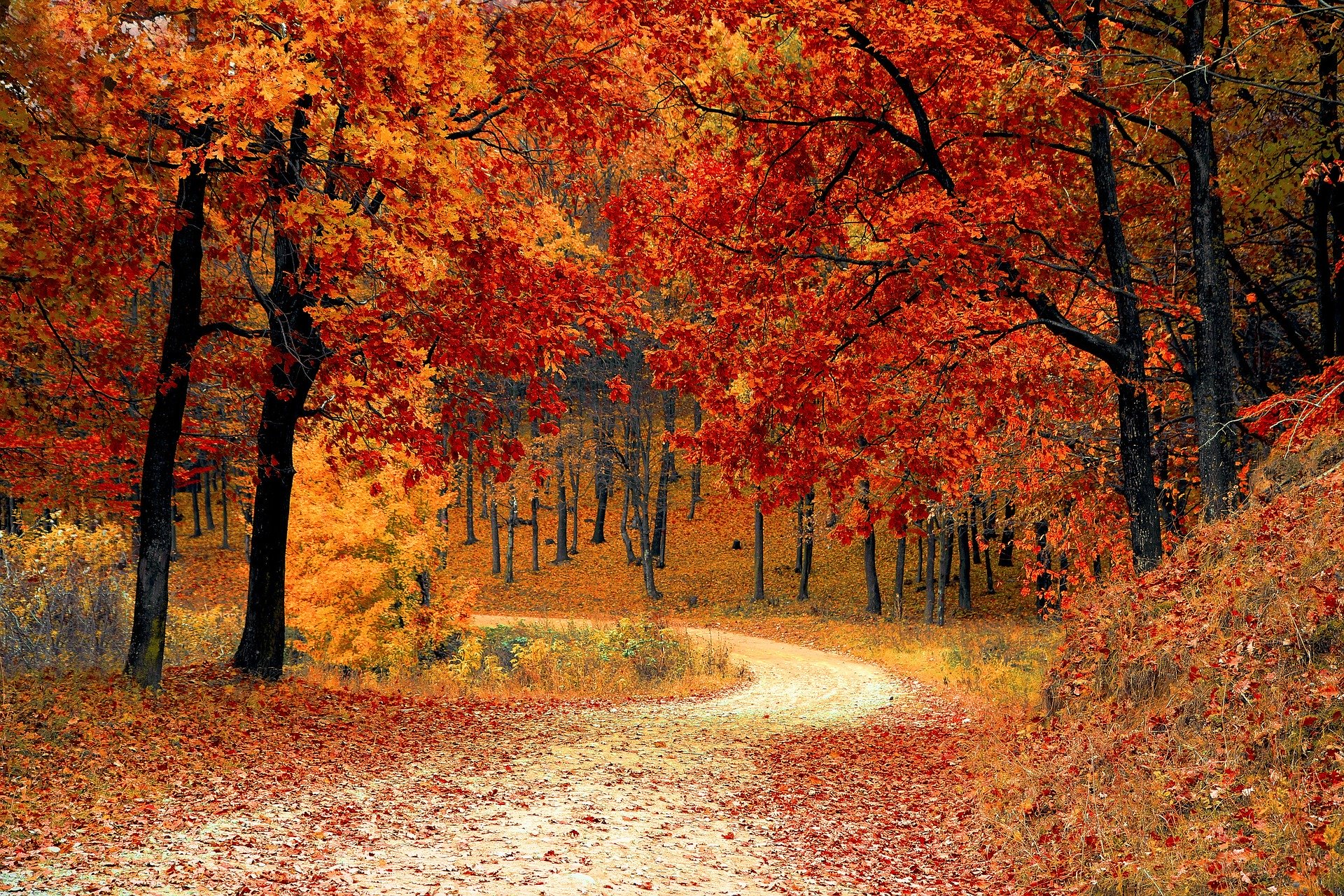
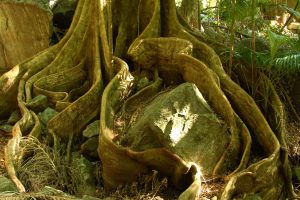

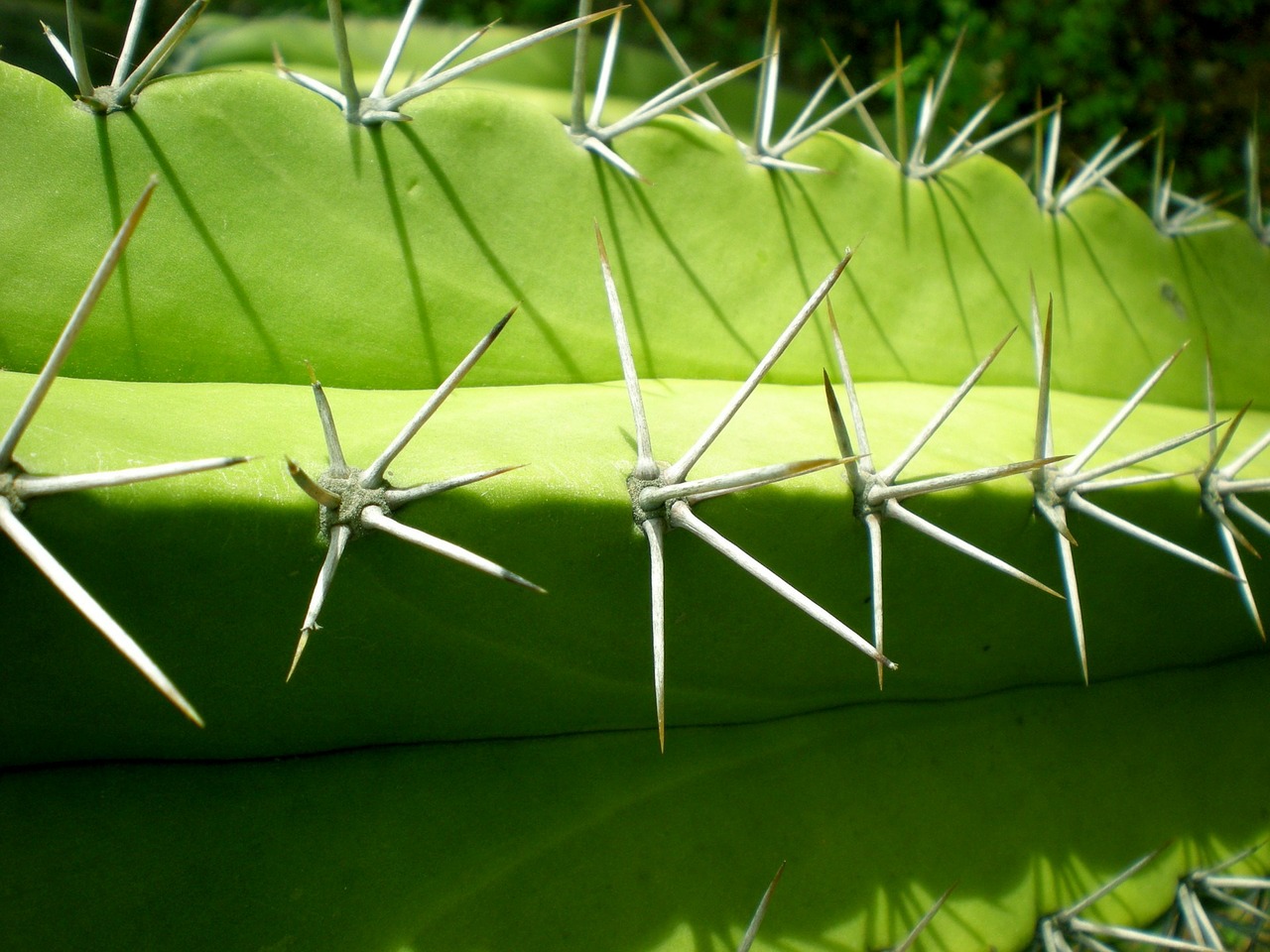
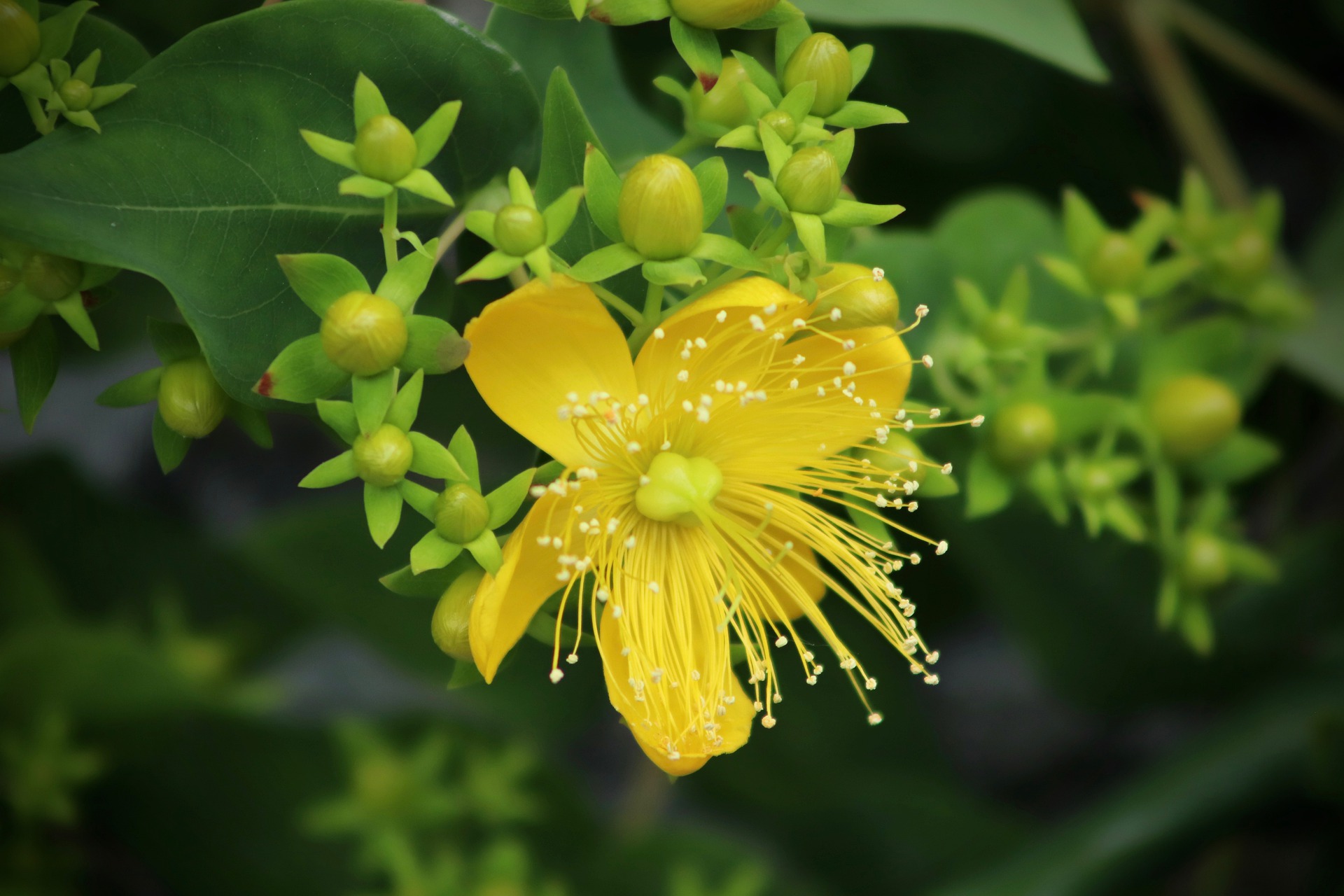
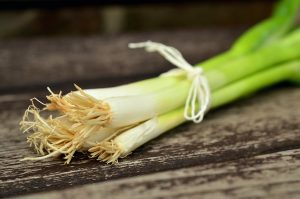
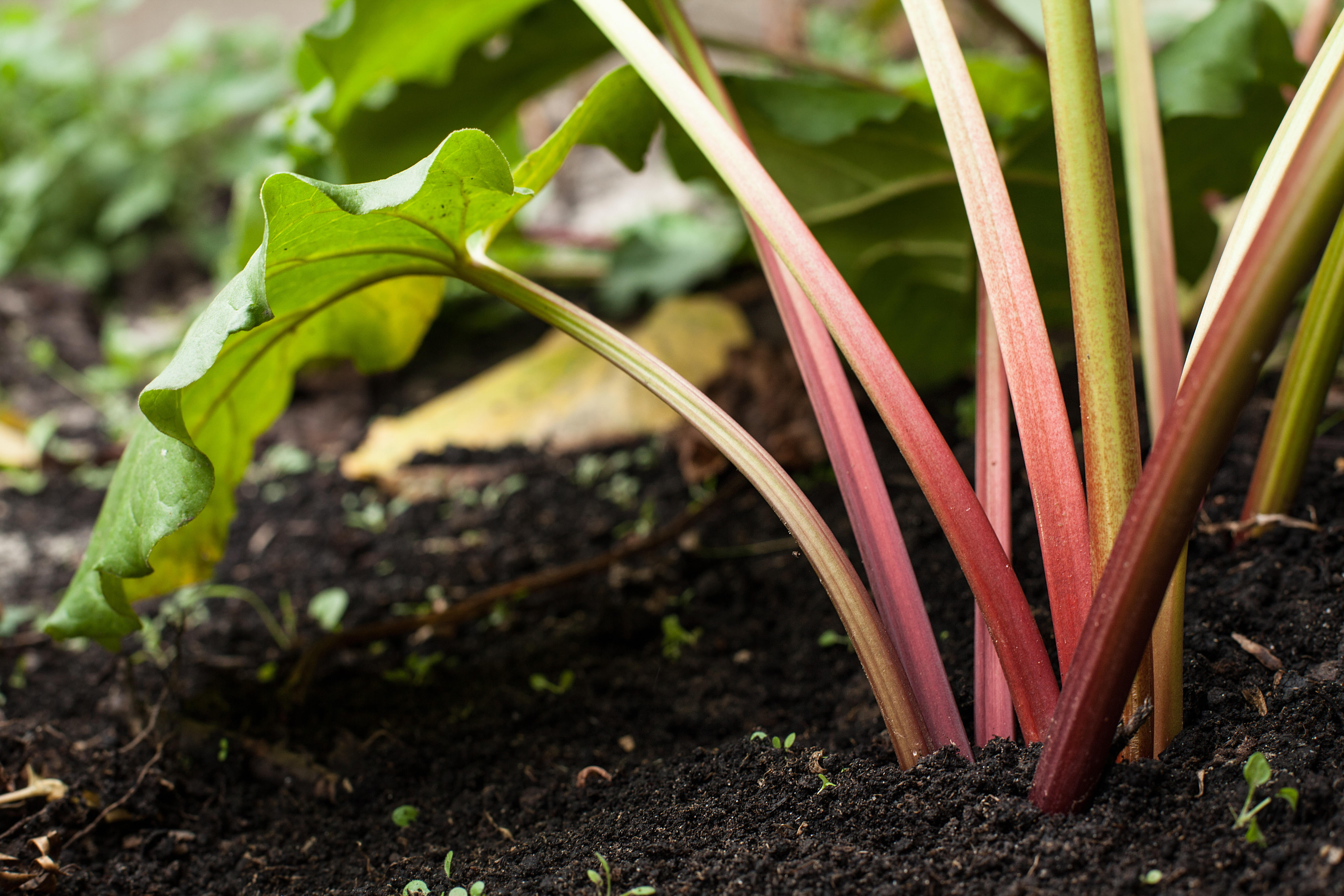

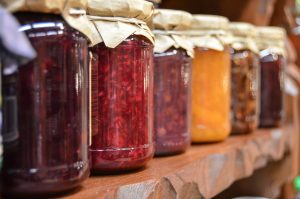
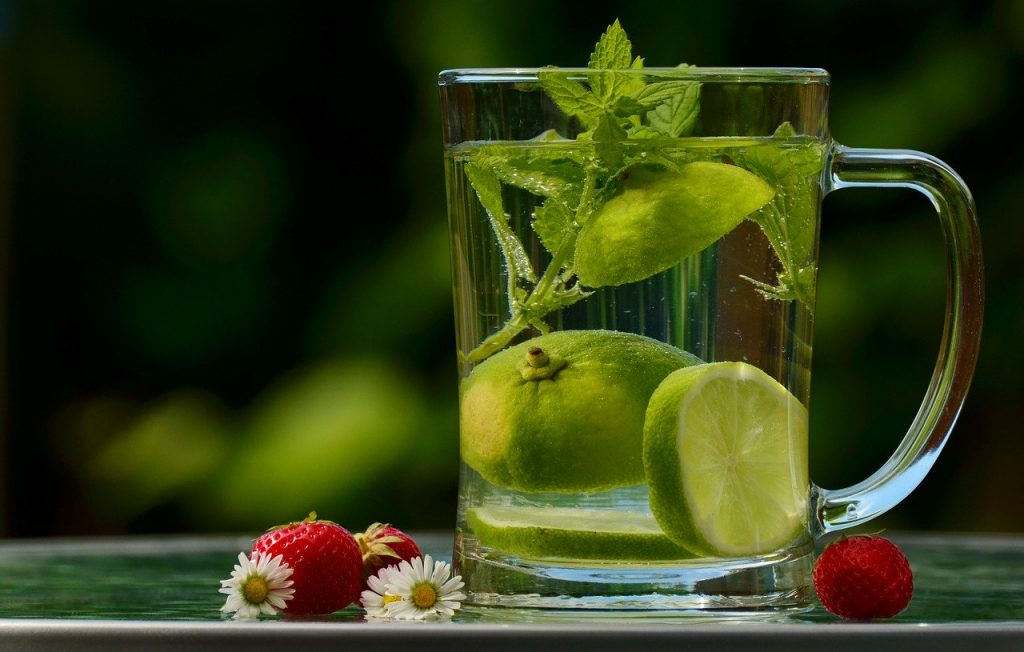
0 Comments